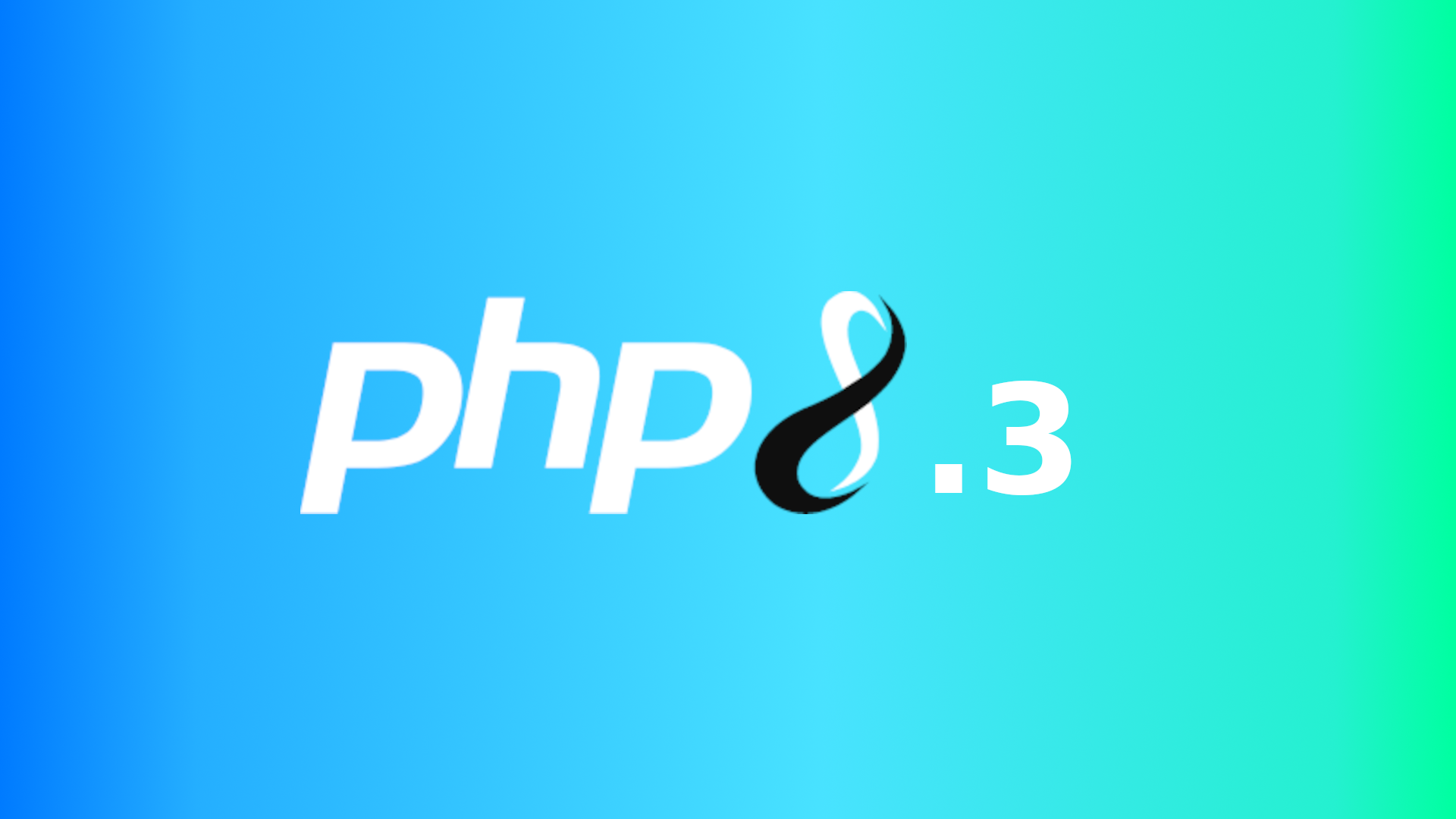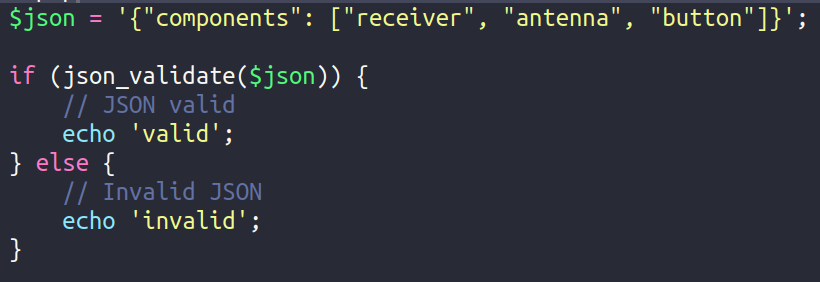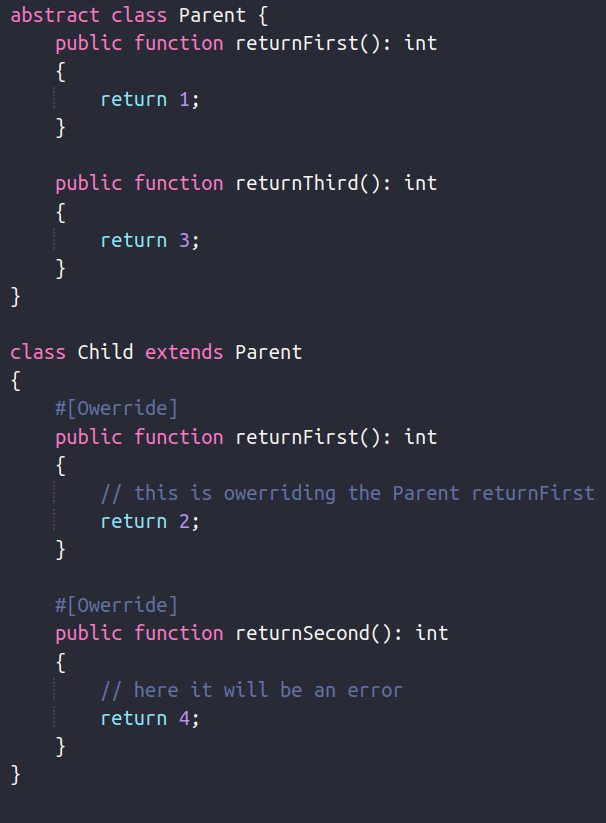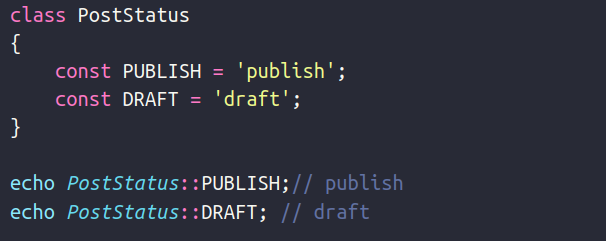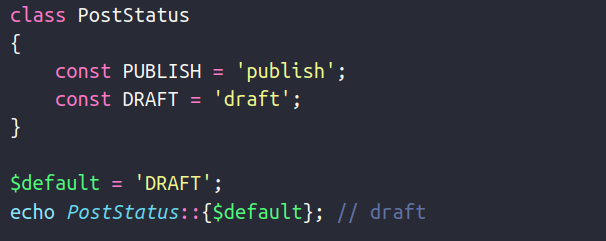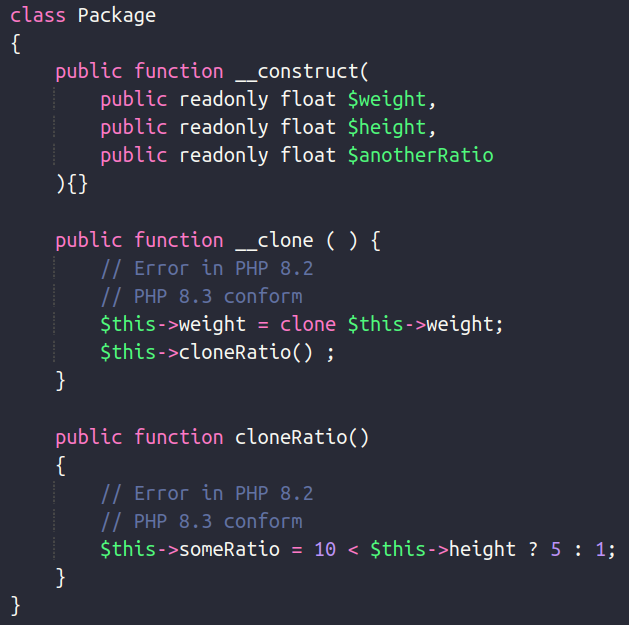PHP Namespaces or How to Organize Your Code
07-06-2024 · in development
Code clarity should not just be a goal, it should be a standard. To help achieve this, we must explore PHP namespaces, a powerful feature that brings order and structure to your code. Imagine namespaces as the silent librarians of PHP, ensuring that everything is in its right place, preventing conflicts, and keeping the codebase clean.
What Are PHP Namespaces?
Namespaces in PHP are designated areas that allow you to group related code elements like classes, interfaces, functions, constants, enums, and traits. They encapsulate these elements to ensure that names are unique within a given context. Think of namespaces as the directories on a computer—without them, there would be no way to distinguish between items with the same name.
Real-Life Example
Consider a library as an analogy. In a library, books are organized into sections based on genres like fiction, non-fiction, science, and history. Inside each section, books are further categorized by authors and titles. You could find a book titled "The Great Adventure" in both the fiction and non-fiction sections, but because they are categorized under different genres, there’s no confusion about which book you’re referring to when you specify its section.
In this scenario, each genre acts like a namespace, and the books represent different classes or functions within that namespace. Just as the library’s organization system prevents confusion over book titles, PHP namespaces prevent confusion over class names or function names, allowing developers to use the same name in different “sections” of their code without any mix-ups.
The Syntax of Namespaces
To utilize namespaces in PHP, you need to understand the syntax that defines and references them. Here’s how it works:
Declaring a Namespace
At its simplest, a namespace is declared at the beginning of a PHP file using the namespace keyword followed by the desired name of the namespace. It must be the first statement in the file, before any other code, except for a declare statement:

Referencing a Namespace
When you want to use a class or function from a namespace, you reference it by its full name, which includes the namespace:
Namespaces can be hierarchical. Here’s how you declare a class within a sub-namespace:

Importing Namespaces
To avoid writing out long namespace names every time, PHP offers the use keyword to import a namespace:
By importing the Connection class with the use statement, we can reference it more succinctly.
Using Aliases
Sometimes class names get lengthy. For convenience, you can use aliases:

Autoloading with Namespaces
In PHP, “autoloading” allows for the automatic loading of class files whenever they’re needed, eliminating the need for manual require or include statements. Namespaces enhance this process by providing a structured, predictable path to class files.
PSR-4 Autoloading Standard
The PHP community has adopted the PSR-4 standard for autoloading, which pairs seamlessly with namespaces. It dictates that each namespace should correspond to a directory structure.
For example, a class MyProject\Database\Connection should be located in a file MyProject/Database/Connection.php, relative to a designated base directory.
Composer and Autoloading
Composer, a dependency manager for PHP, provides a powerful and flexible autoloader out of the box. By default, it uses the PSR-4 standard for autoloading classes. You define the mapping between your namespaces and directories in the composer.json file.

Putting It All Together
Once you’ve defined your autoloading rules in composer.json, run composer dump-autoload to generate the vendor/autoload.php file. Including this file in your project (usually in the root of the project index.php file) sets up autoloading for your entire application.
Namespaces in Action
Accessing Static Methods






